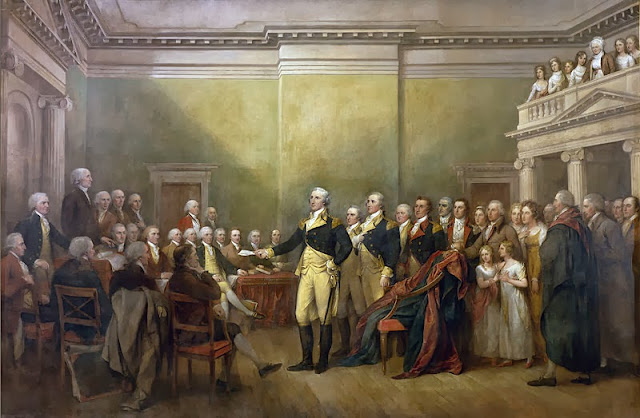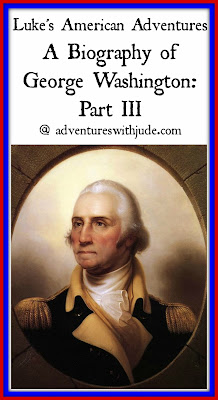- On May, 6, 1778, the French agreed to side with the Americans. General Washington was optimistic that the battles would start to favor the Colonist’s side. The French infantry soldiers were appreciated, but a navy was crucial. With the approaching French warships, the British ships would be forced to retreat from the bays along the colonies’ coast, ending the blockades. Also, with the French ships defending the harbor, it would give the Americans time to build their own navy.
- On September 25, 1780, Generals Washington, Knox, and Lafayette and a 160-man escort arrived at Beverly, New York. Knowing they were across the Hudson River from West Point, and Benedict Arnold knew he was coming, George was surprised that he did not hear a cannon salute. However, when the contingent stepped off the ferry, General Washington was furious at the derelict state of the fort. Benedict Arnold had been claiming he was making expensive renovations to the fort, but George’s eyes told him a different story. Two hours later, Arnold had yet to come greet the party. The group entered the fort, and as George removed his hat and gloves, an aide handed him an envelope. The envelope contained documentation that John André, the head of the British spies, had been caught attempting to sneak into the city wearing civilian attire. Stuffed in Andre’s boots was correspondence with Benedict Arnold that included the officers’ West Point itinerary. Although George did not wish to believe it at first, there was only one conclusion - Benedict Arnold was a traitor!
- After a short visit Mount Vernon, George reunited with his army at Williamsburg on September 18, 1783 and brought Jacky, his stepson, who wanted to watch the fighting. Washington and Count de Rochambeau met with French admiral Count de Grasse on his ship, the Ville de Paris. They decided that British General Cornwallis’ regiment should be cut off at Yorktown, and the city kept under siege until he surrendered. On October 9, George lit the fuse of the first cannon at the ambush of Yorktown. The British fought hard, but George knew they would lose as they would eventually run out of munitions and food. After eight days, the moment George had waited for years occurred. A British drummer began drumming a different tune - the tune of surrender. Soon after, an officer waving a white flag walked from his line to the Americans, and the officer delivered his message: General Cornwallis was ready to surrender.
- A ship from England brought George word on November 1, 1783 that he final peace treaty between Britain and its former colonies had been signed two months earlier on September 3. The war truly was over and the America was a free nation! The only remaining task was to supervise the withdrawal of the remaining British troops. Although America was its own country now, the treaty suggested that the patriots return loyalists’ property to them and treat them with hospitality and kindness. While most accepted the British soldiers as neighbors, most could not put aside the animosity of their fellow American countrymen.
- The war took a personal toll on George. He was separated from his family for eight years except for that one brief and coincidental visit on the way to Williamsburg. Waiting at Mount Vernon for him to return were Martha, his stepdaughter-in-law Nelly Custis, and his four grandchildren. Despite only wishing to observe the war from a distance, Jacky had been killed during the war. Mount Vernon was in a financial mess, too. Records had been lost in the process of several evacuations, so in addition to finding the deeds and books for Mount Vernon, George also had to find the papers relating to both Jacky’s will and his deceased stepdaughter Patsy’s estate, which had not been properly settled, either. George also lost many slaves during the war. Although Mount Vernon owned about two hundred slaves at the start, eighteen had taken advantage of a British raid on the crops and run away, and an additional nine slaves had to be sold to pay for the taxes.
 |
| General George Washington Resigning His Commission, John Trumbull Public Domain |

A Biography of George Washington: Part I can be found by clicking here.
A Biography of George Washington: Part II can be found here.
©2012- 2013 Adventures with Jude. All rights reserved. All text, photographs, artwork, and other content may not be reproduced or transmitted in any form without the written consent of the author. http://adventureswithjude.com






This was really interesting to read. I didn't know all that about George Washington. Thanks for stopping by and sharing on Throwback Thursday Blog-Style. I can't wait to see what you share this week.
ReplyDelete